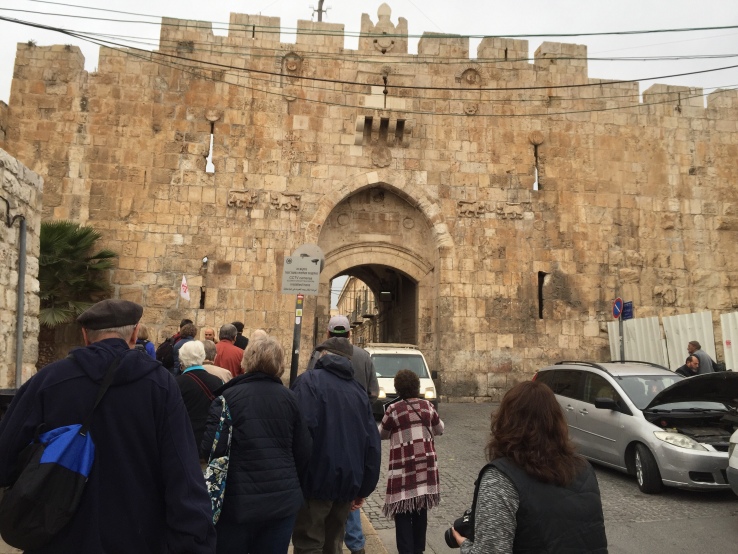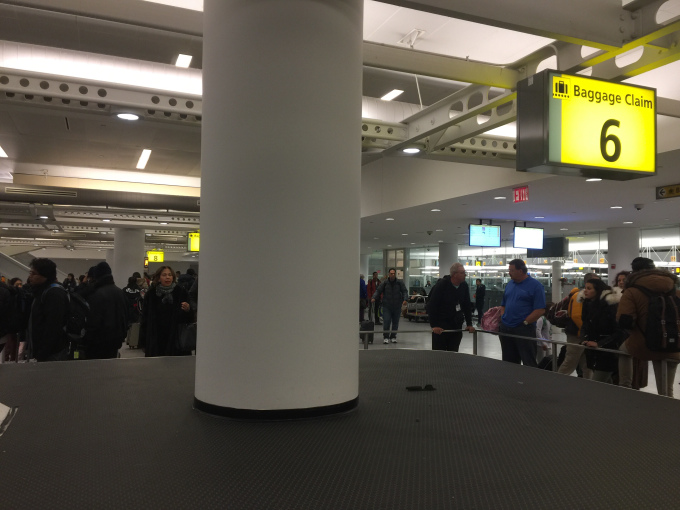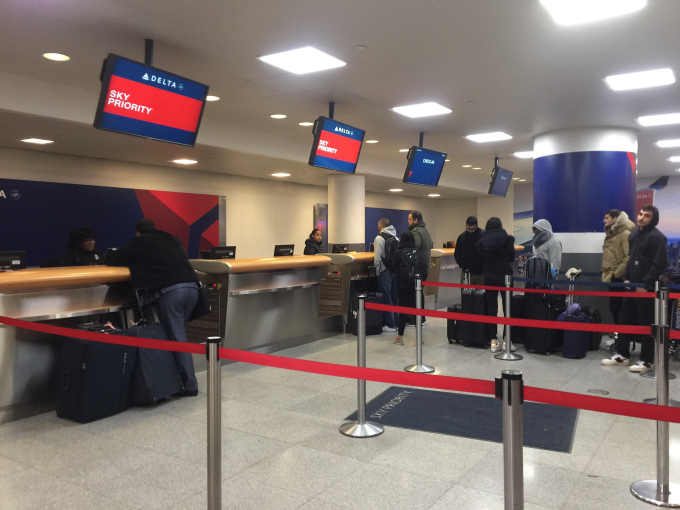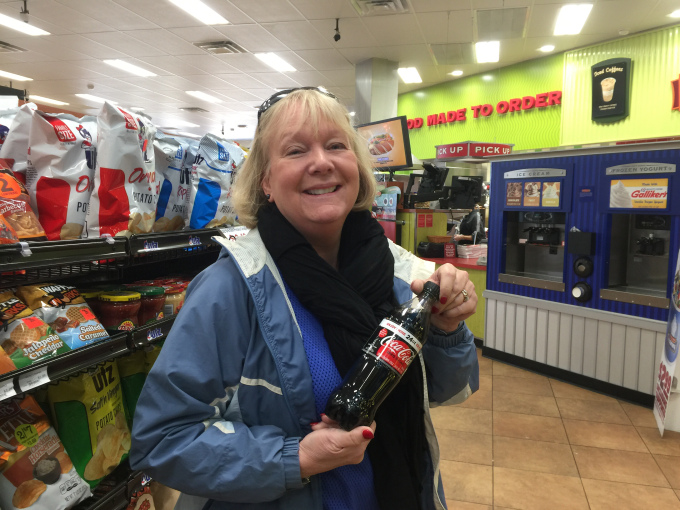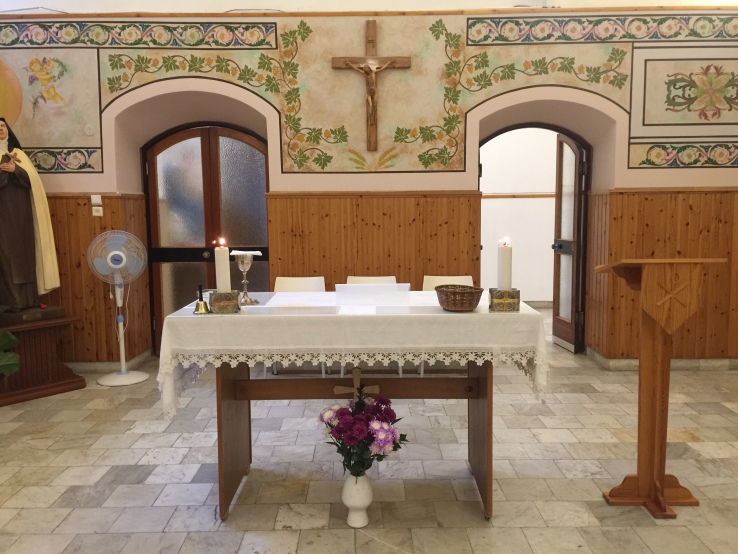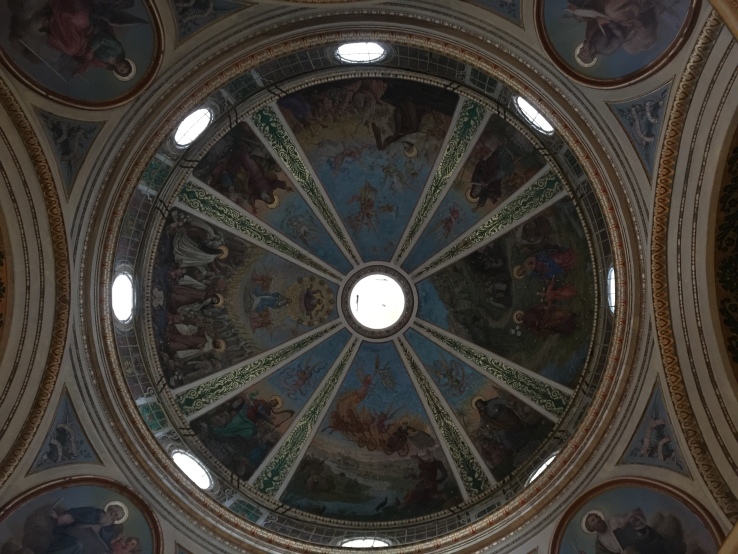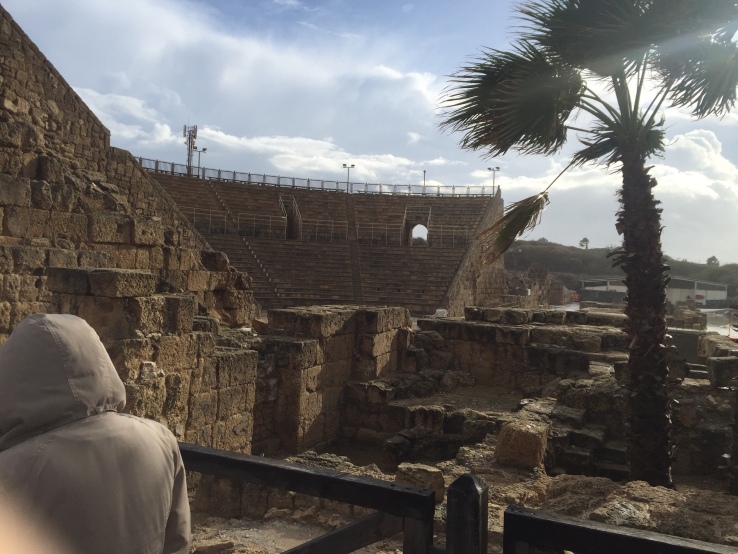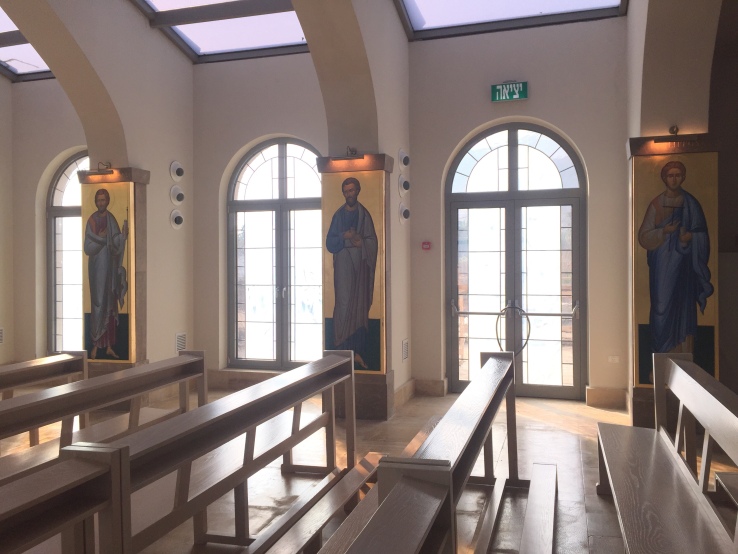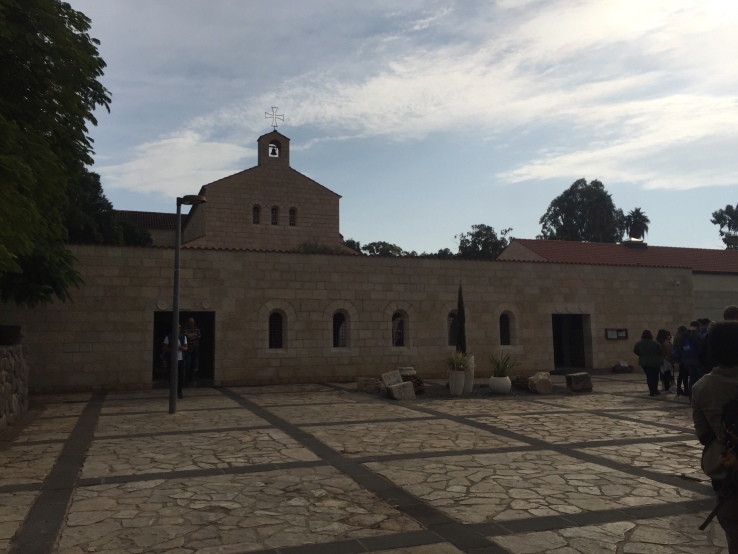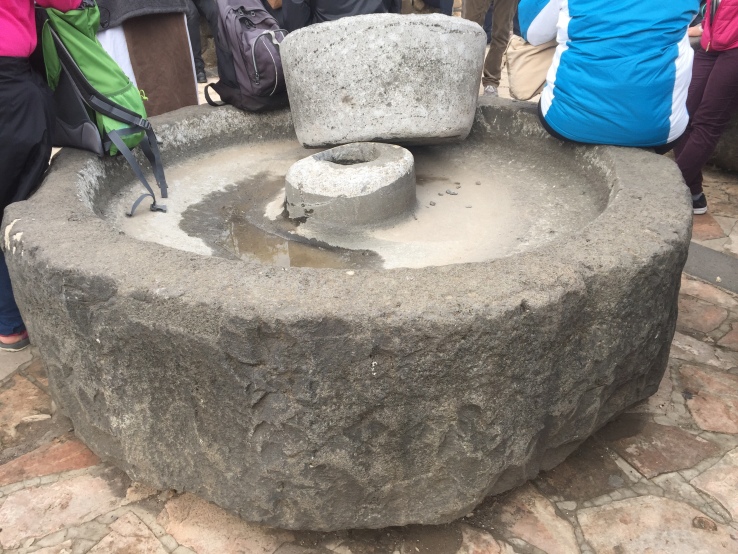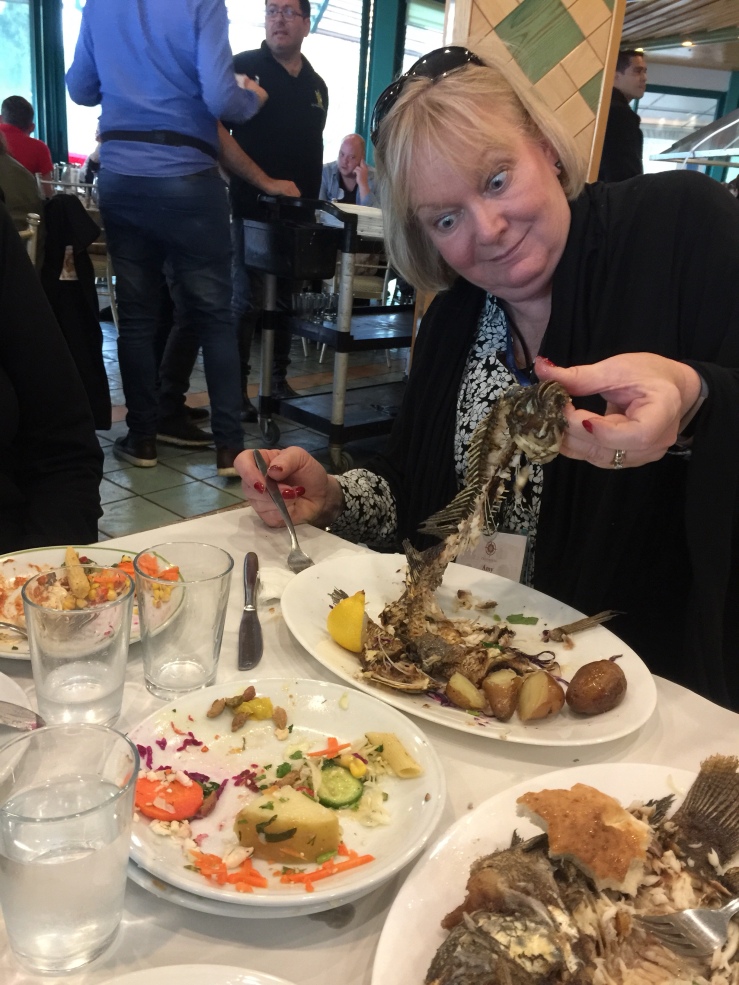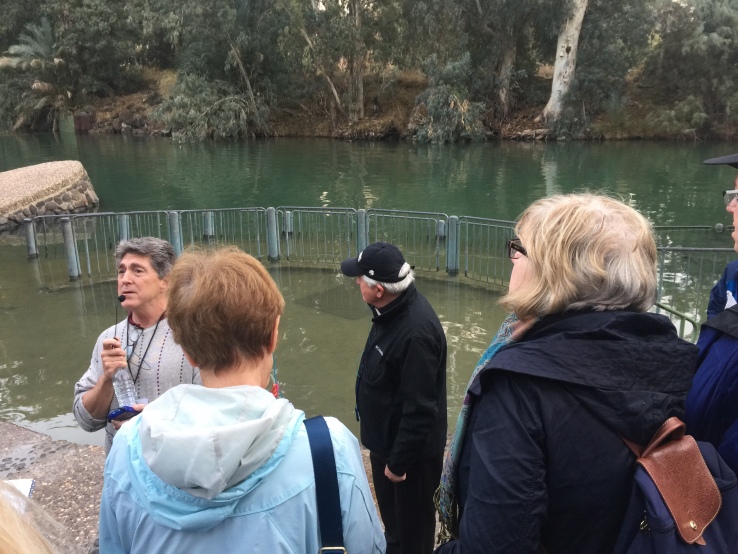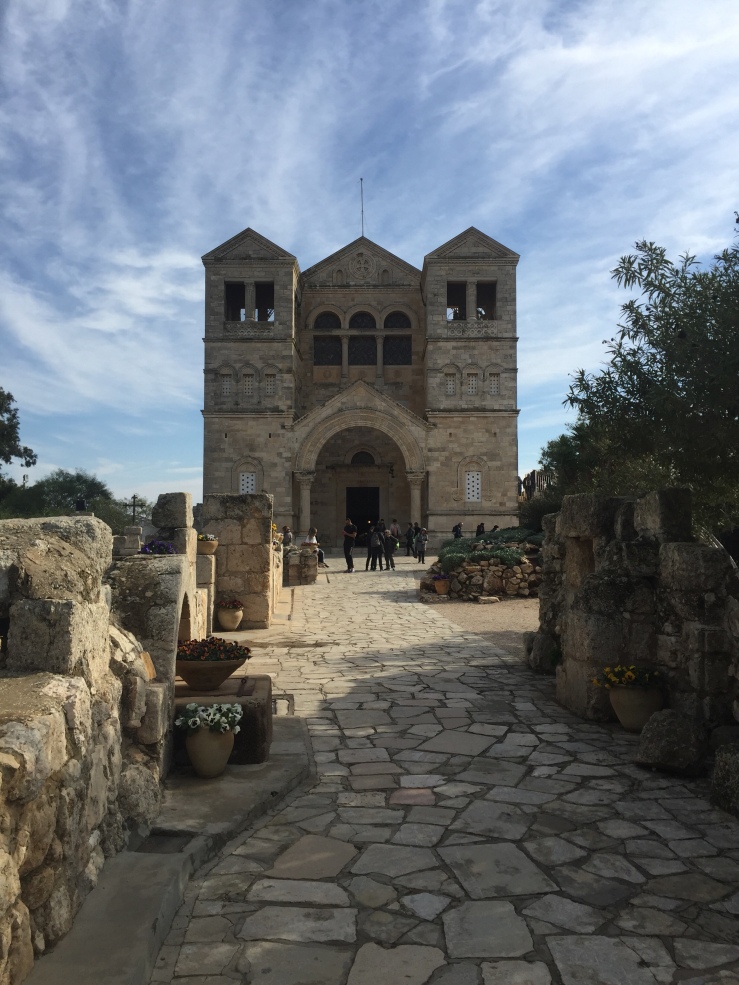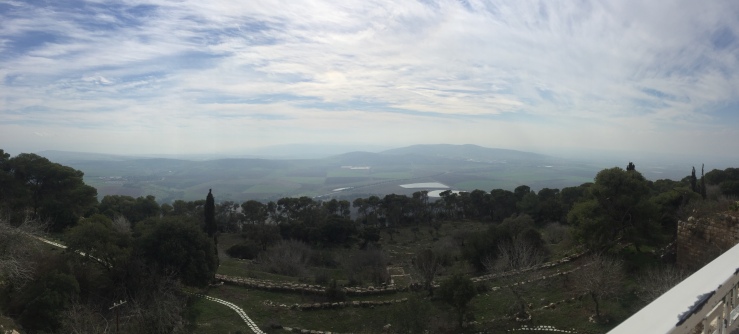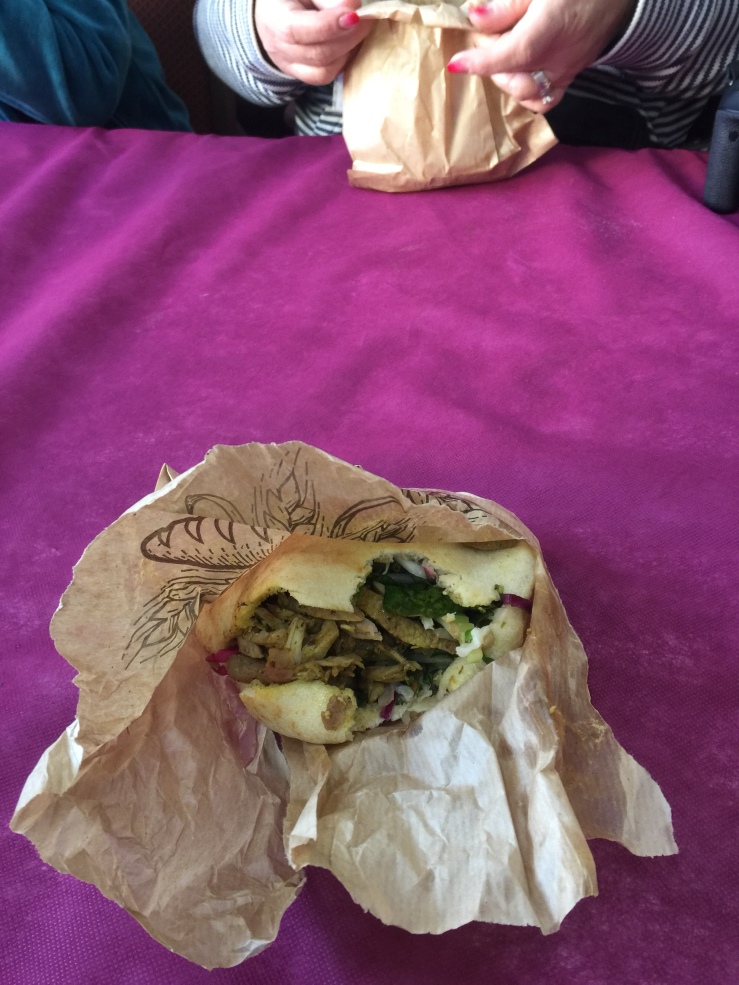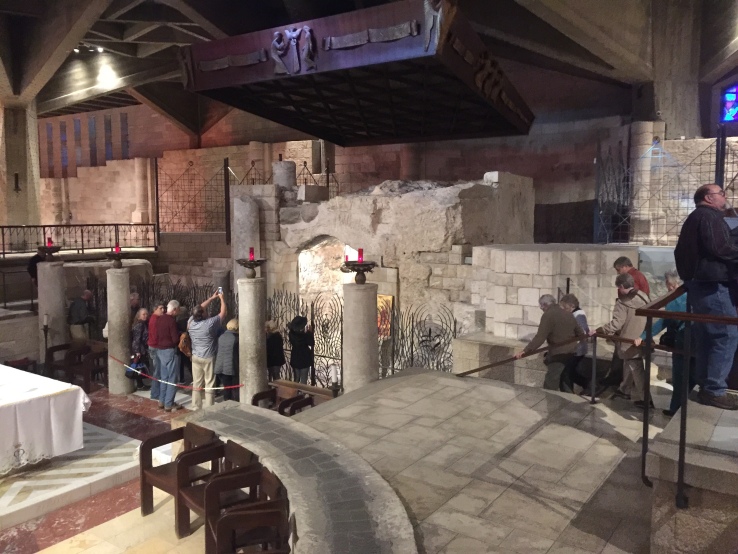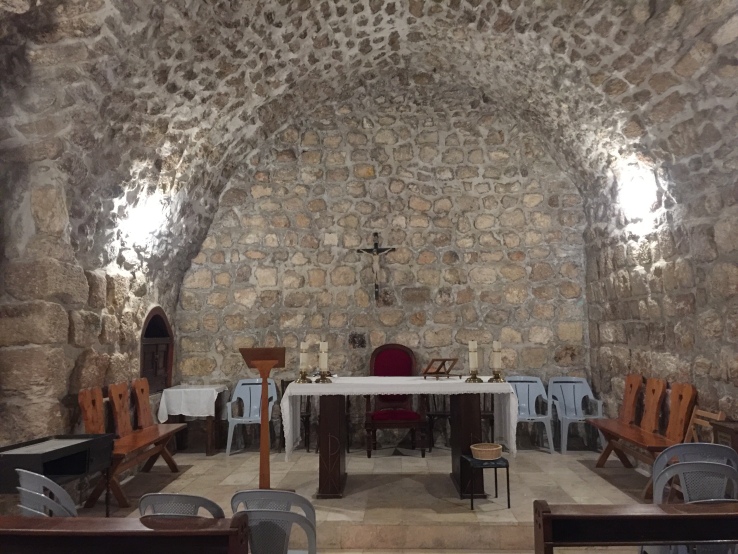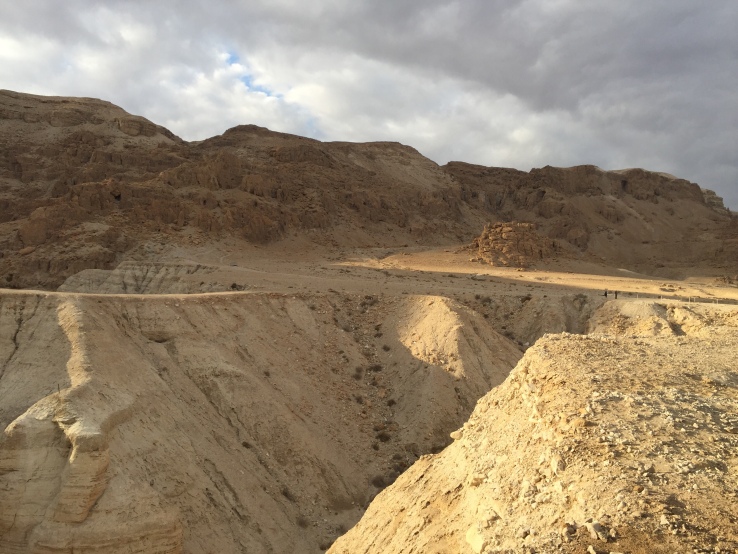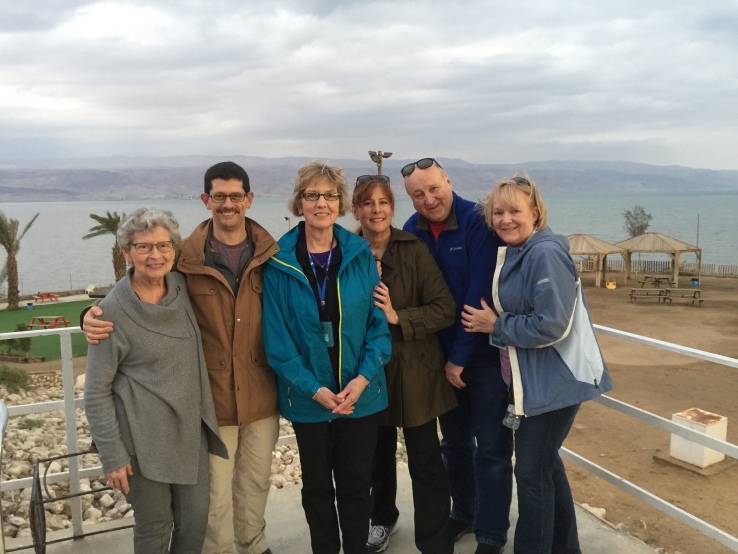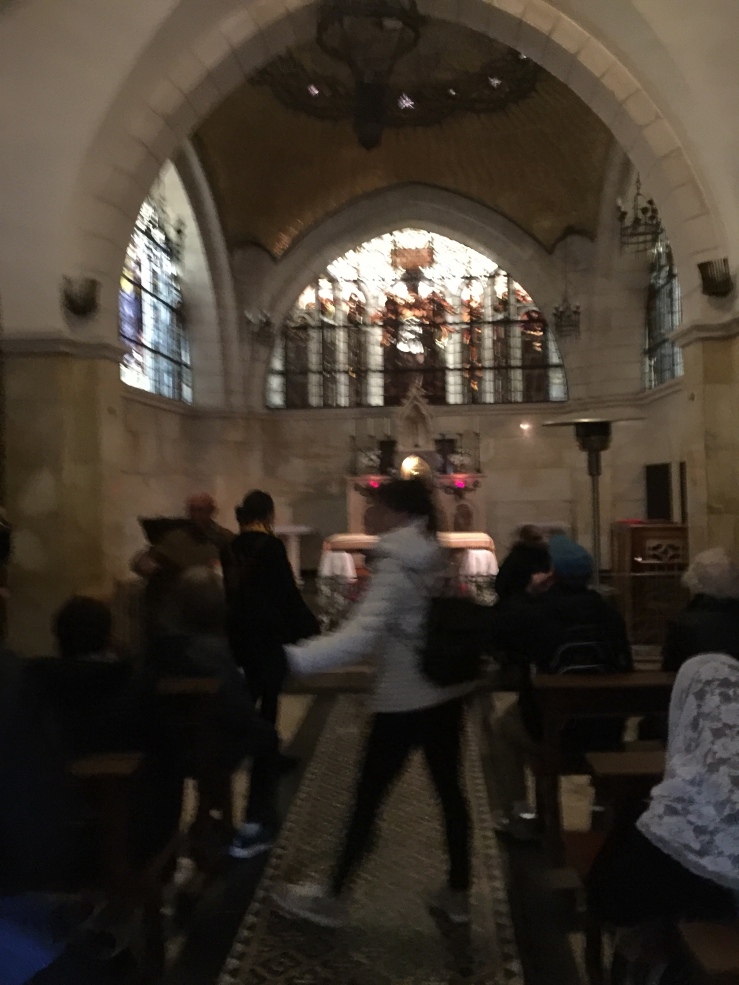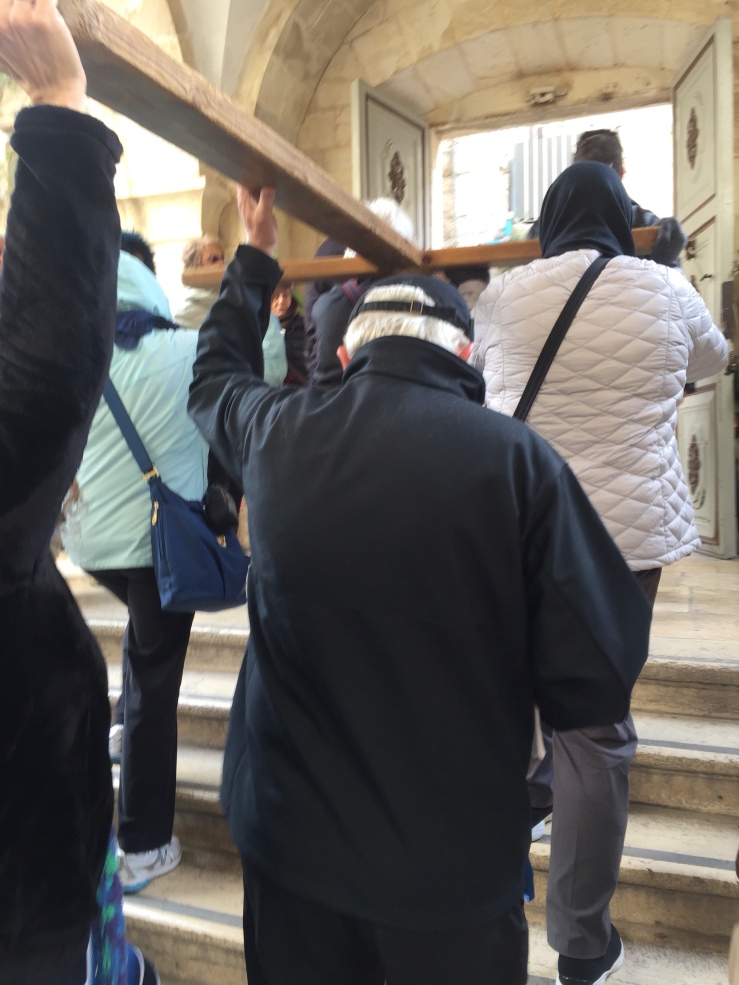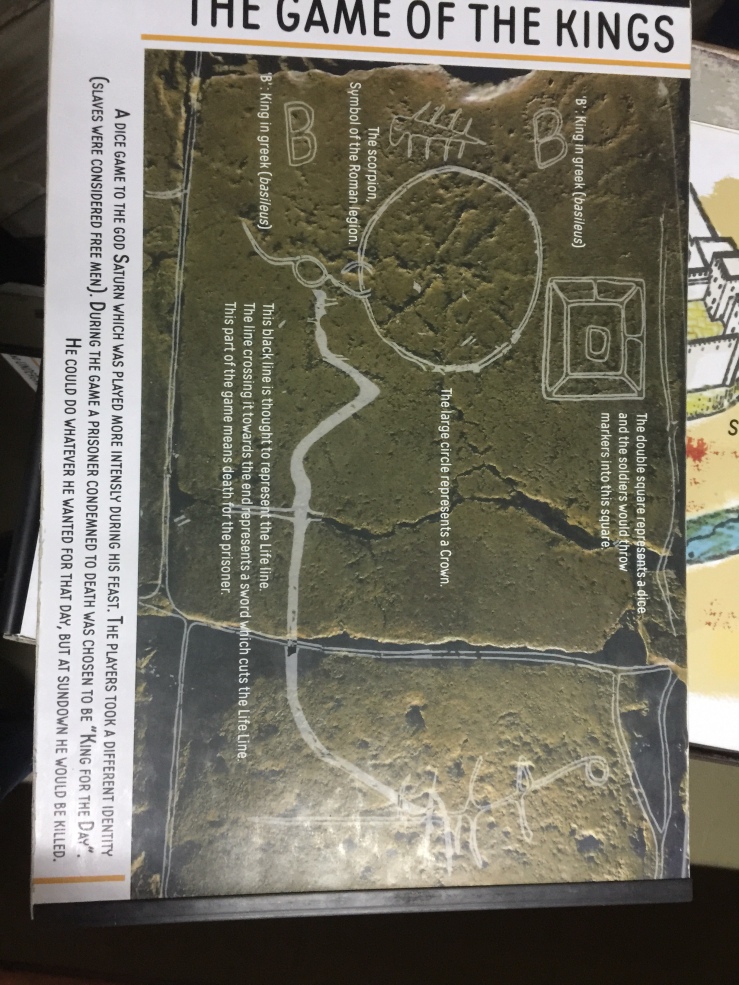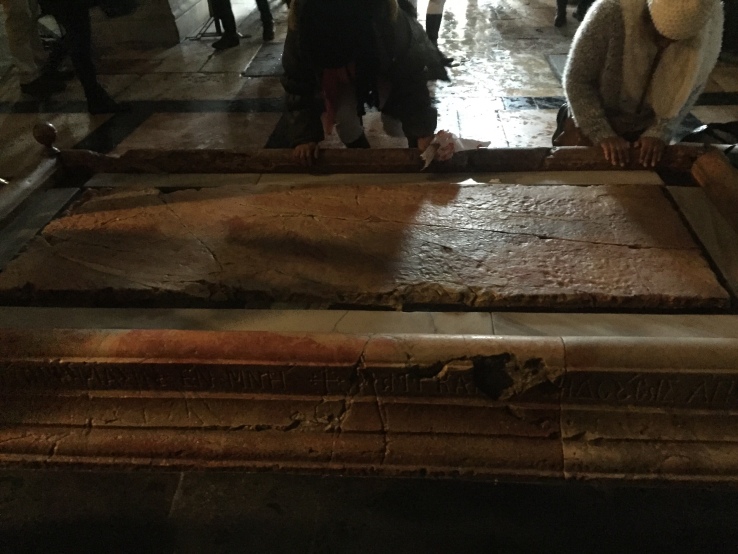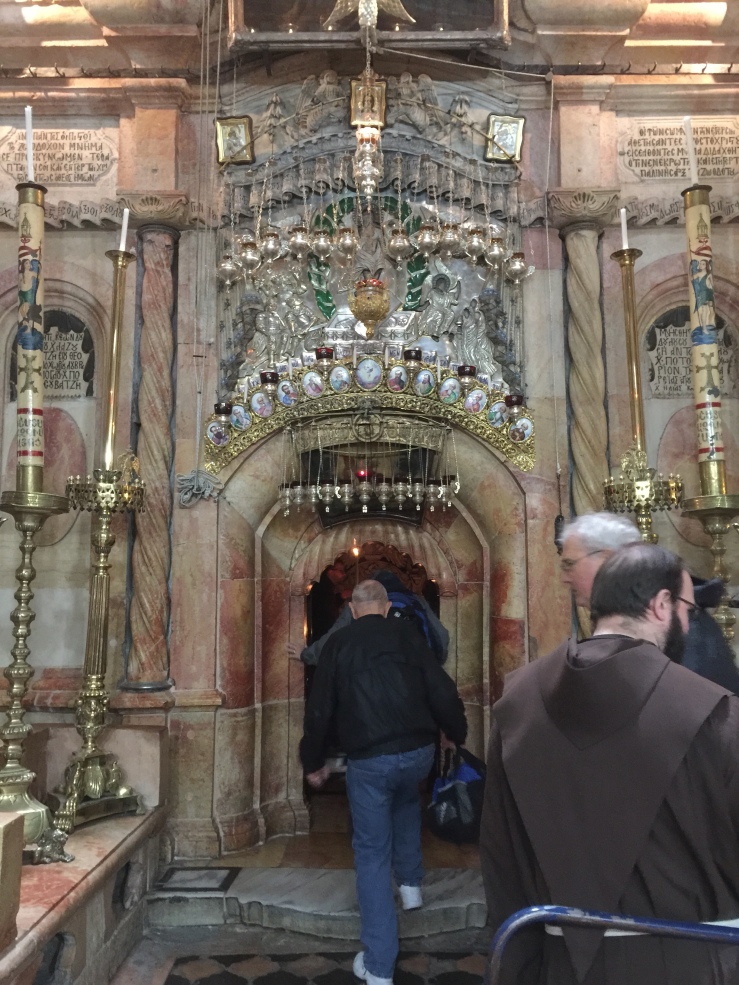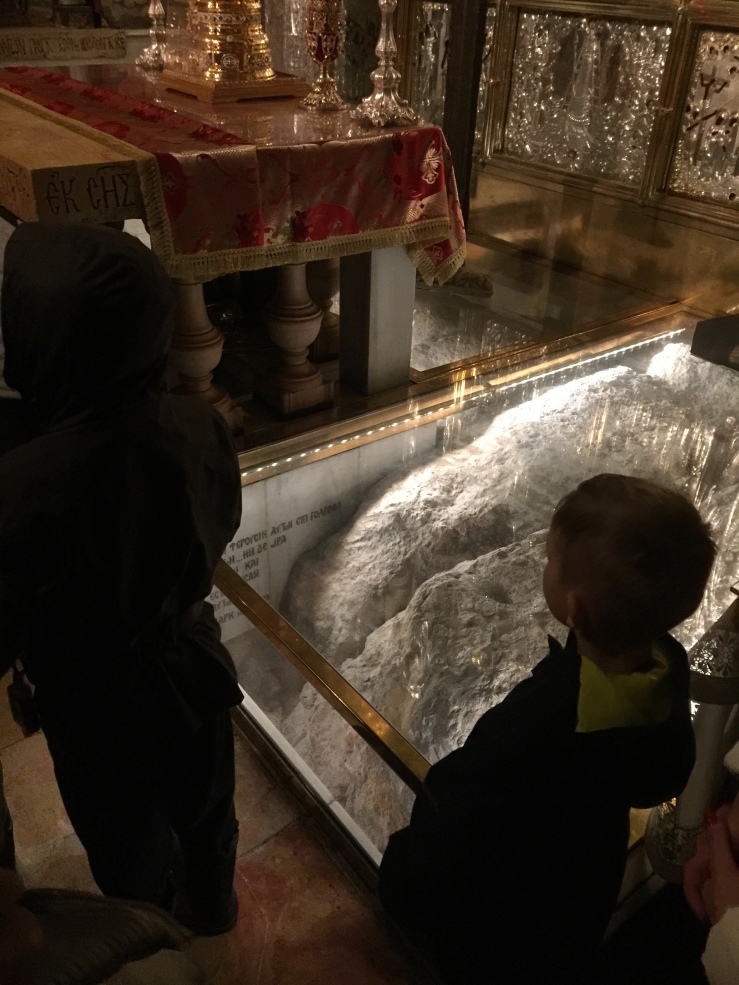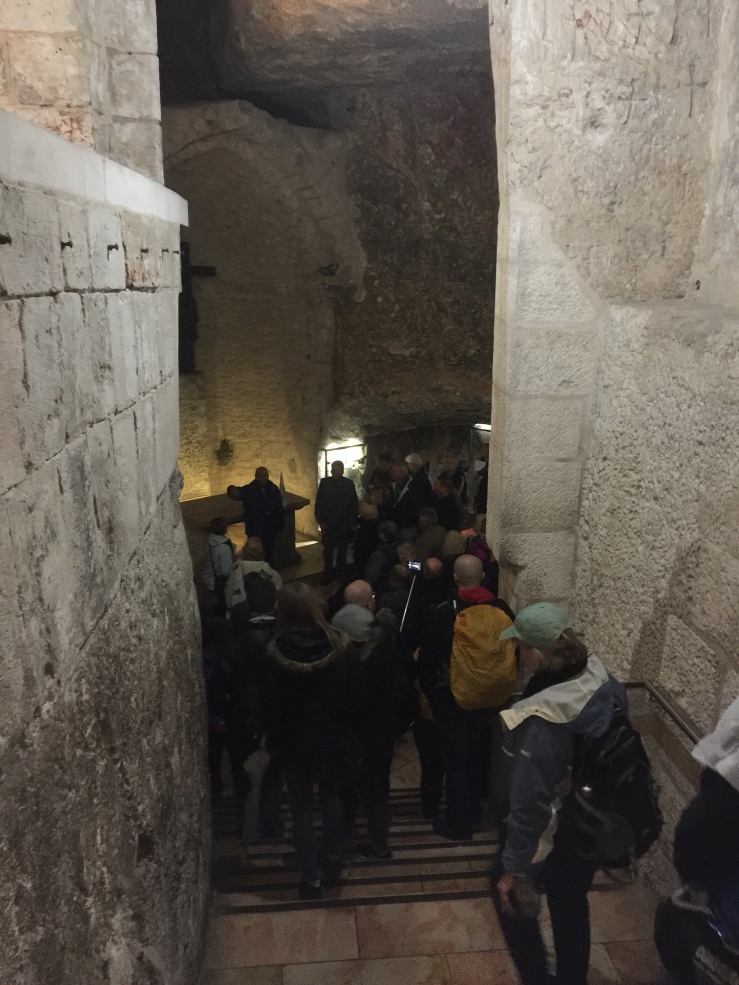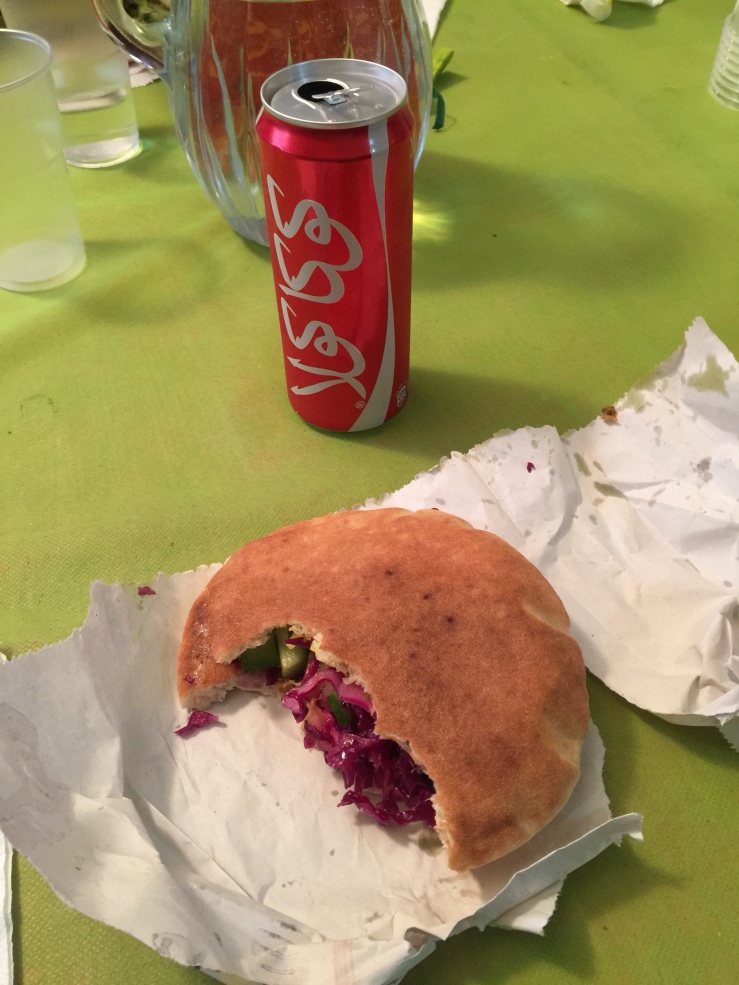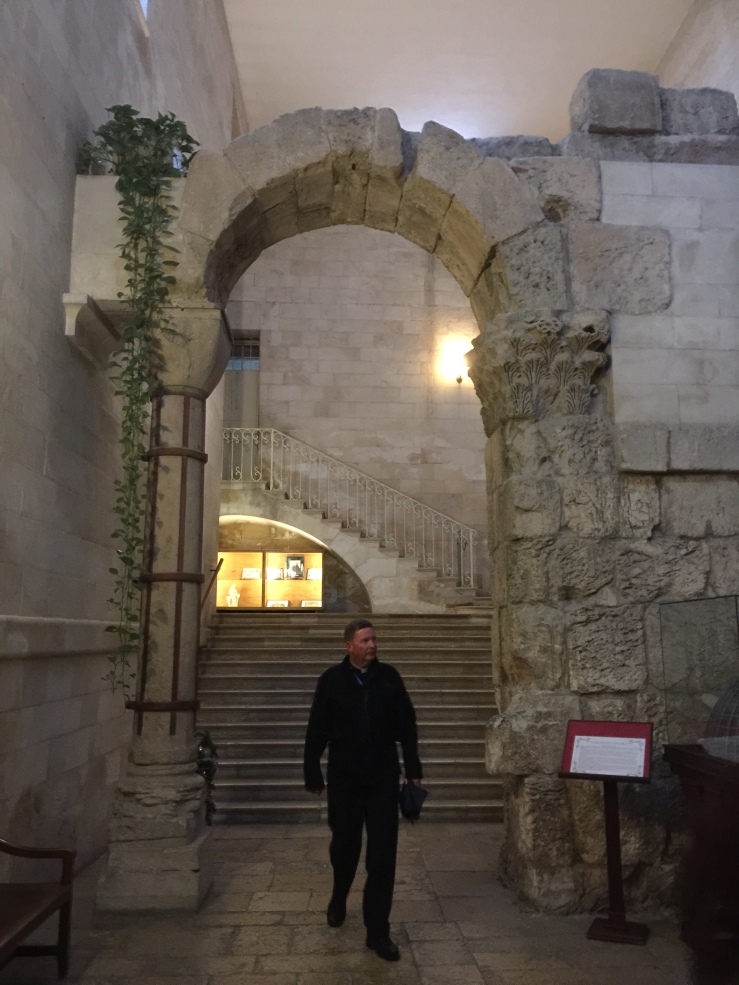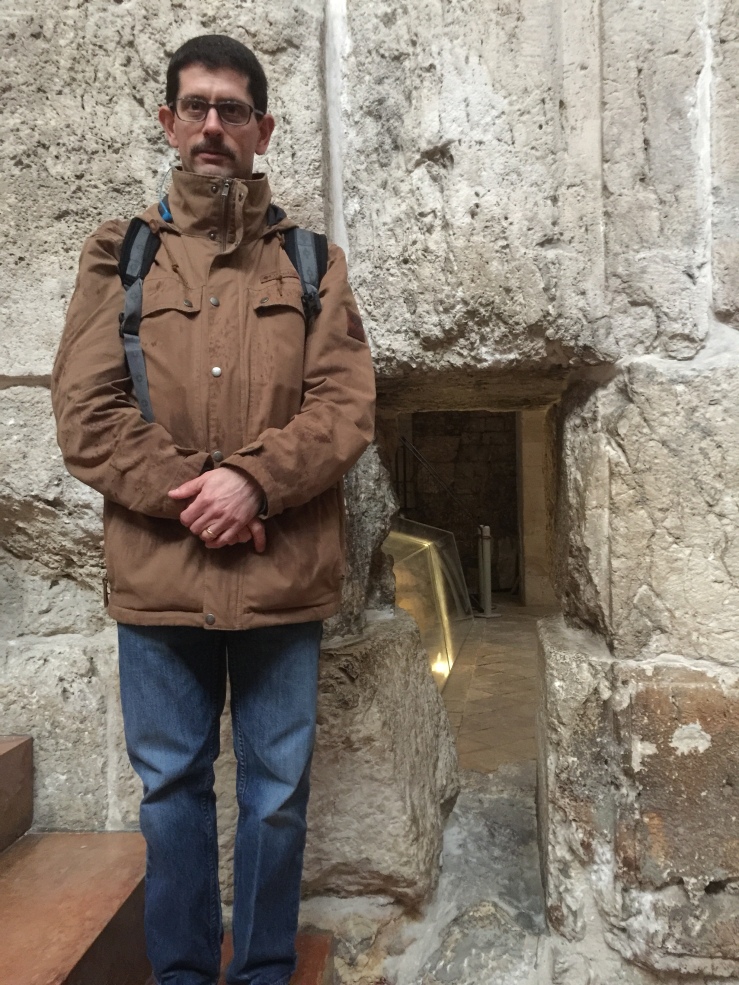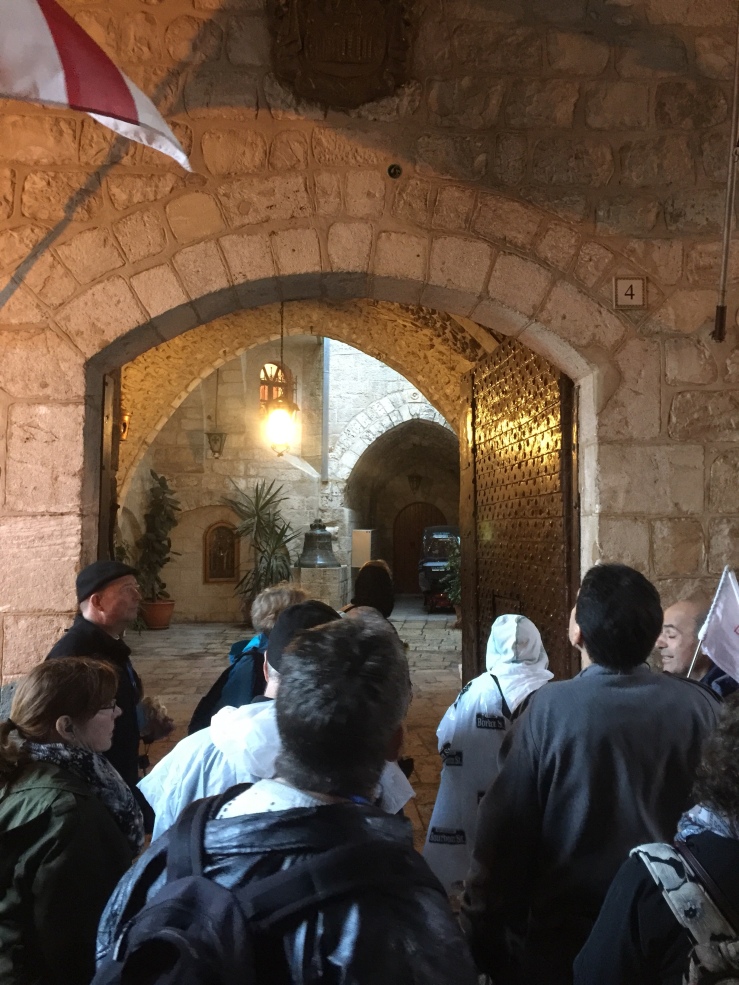Many years ago, I was visiting Gethsemani abbey in Kentucky for a few days of retreat. One of the monks commented that there are people who come and then don’t want to leave because it is so peaceful. He made the point that visitors can’t stay – they are there for only a period of time. Visitors are supposed to take the peace they found at the abbey and carry it out into the world. We need to take our encounter with God back to the rest of the world. Ite, missa est. The same is true for our pilgrimage.
Pilgrimages come in different shapes and sizes, and of course, no two people will experience the same pilgrimage even if they are walking together. We bring different experiences into the pilgrimage, and we leave with a unique encounter with the Living God. In some way, we’ve been transformed. Some may have a large transformation, and others may not see transformation because the seeds have not yet sprouted.
In this particular trip, I had several profound moments of encounter – “close moments with Christ” as we would say in Cursillo. Most of them had to do with physical contact. I had not expected this before the trip. I expected to see and hear new things things that would be impactful for me. And I did – I heard a lot of really amazing things and saw some beautiful things. However the deepest moments for me had to do with things I would not have been able to experience in a video or book.
I was pleasantly surprised at how touching the water in the Sea of Galilee felt. I had a sense of commissioning when touching the rock where Jesus fed the Apostles at the end of John’s Gospel. I was flooded with emotion when I kissed the spot where Jesus laid in the tomb. I felt a sense of joy and sadness when I stared into the baby’s eyes at the orphanage in Bethlehem and received a tiny smile in return. I enjoyed relaxing while floating in the Dead Sea. I felt pain as I knelt down and my knee struck the edge of the rock where Jesus prayed in Gethsemane. And I had overwhelming peace when I walked amidst the ruins of the monastery at the top of Mt. Tabor where the monks had all been slaughtered. That’s not something you can get from a book.
I suspect that I will return to Israel again. As we left, I didn’t feel like it was goodbye forever. Instead, I felt that I was being sent home to carry my pilgrimage experience home for others. I am considering getting together another group for another similar trip in the not-too-distant future. I know that others need to see, hear, and touch the Holy Land.
When I was looking for pilgrims to come along, I had a lot of interested people, but only a handful of people who made the trip. There were three major concerns: Cost, Timing, and Safety.
Cost: this was not the cheapest trip to Israel. I found several cheaper itineraries. However, I wanted to make sure this was truly a pilgrimage with great leadership. That’s how I chose to work with The Crossroads Initiative for this trip. Dr. D’Ambrosio and his team did an exceptional job of making a great faith-focused itinerary, with strong scholarship, and top-notch tour guide in Israel. I don’t think you can do much better than what we received. So if cost is your concern, perhaps start setting aside a little money each month and prepare for a trip 18-24 months out. It will be well worth it.
Timing: we chose an itinerary that left between Christmas and New Years. For some people, that was a difficulty because of their holiday plans. If I bring another group of pilgrims, we probably will look at an itinerary in late spring. From a weather perspective, our timing was very good. The temperatures were cool and comfortable. You probably do not want to go during the summer – it would be very hot in Israel.
Safety: The news we get in the US about Israel seems to delight in showing conflict. What we encountered in Jerusalem and Palestine was quite friendly and peaceful. Every Palestinian person I encountered was friendly. At no time did I feel the least bit uncomfortable or unsafe. Having lived in Chicago I can tell you that I felt safer in Jerusalem than I did in Chicago. Crime statistics for both cities would back me up on that as well. Sadly, I know of at least one person who was going to join us until their adult children sternly told them not to go because of safety. From what we saw, I would have absolutely no qualms about sending my loved ones to Israel.
One last tidbit. I often get asked about the little stuffed-animal buddy that shows up in many of my pictures. His name is “Mr. Hamster”. Mr. Hamster was created by my youngest daughter many years ago. She taught herself to crochet and this was her first project. When I used to travel a lot for work, she would send him with me so that I would have a little bit of her along for the trip. I would then take pictures of him in interesting places and send them back to her, sort of like Flat Stanley. It was our way of keeping in touch. Mr. Hamster has been all around the world with me. I’ve lost track of his full passport, but I know he has sent home pictures from Canada, Japan, South Korea, Hong Kong, China, The Philippines, Singapore, Malaysia, Spain, Italy, The Vatican, Israel, Switzerland, France, and Portugal. He’s also been on every one of my bicycle adventures all over the US. Even though my daughter is in college now, I keep up the tradition of taking Mr. Hamster with me and sending her pictures.
As I wrap up my final thoughts, I am grateful for the opportunity to have visited the Holy Land, and I hope you are able to do it as well some day. My special thanks to Dr. Marcellino D’Ambrosio for his passion and guidance on our trip.
I’ve put a link to the blog entries for each day below so that you can find them all in one place. I have found quite a few typos in the blog entries – I guess that’s what happens when you blog half-awake… I’ll try to go clean them up some time.
If you’re interested in talking more to me about my trip, drop me a note. I’d be happy to share some thoughts with you.
Peace,
Deacon Matt
Pilgrimage to Israel – No bikes this time…
Israel day 1: “How can the ark of the LORD come to me?”
Israel Day 2 – The Old City of Jerusalem.
Israel Day 3: The Mountains of Jerusalem
Israel Day 4 – Bethlehem: About The God Child and Children of God
Israel Day 5: Jerusalem Old City – the Via Dolorosa and the Holy Sepulchre
Israel Day 6: Into the Wilderness
Israel Day 7: A Mountain Top Experience Beyond Words
Israel Day 8: Capernaum, Rocks, Fish, and Loaves
Israel Day 9: A Windy Day with Carmelites, Elijah, and Caesarea
Israel: Room At The Inn in Bethlehem … PA

